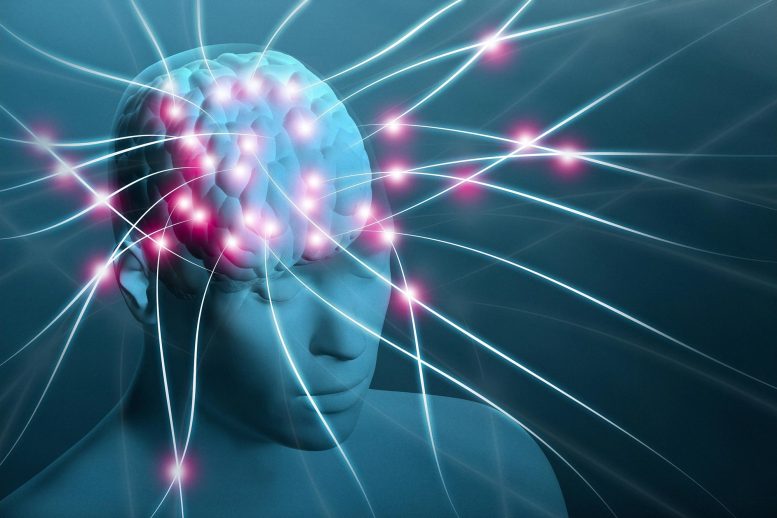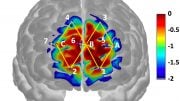
No pain, no gain? The study found that the ventral striatum plays a critical role when deciding between pain or gain.
A new study reveals how the brain chooses between pain and profit.
Imagine always having to decide between activities you like doing and potential physical or emotional pain. Making these challenging decisions on a daily or weekly basis is probably nothing new to those who deal with conditions such as depression, anxiety, or chronic pain. However, surprisingly little is understood about the parts of the brain that play a role in such choices.
McGill University researchers reveal in a recent study published in the Proceedings of the National Academy of Sciences that the ventral striatum plays an important role in decisions regarding future pain vs future profit. It’s interesting to note that while this area of the brain has been linked to motivation and rewards, pain has not previously been connected to it. This finding could lead to improved therapies for a variety of conditions characterized by extreme avoidance.
To examine which parts of the brain were active during decisions regarding future pain and profit, participants in a recent study were asked to make choices extremely rapidly that entailed a certain (random) amount of pain in return for a certain (random) amount of profit – or vice versa.
Watching the brain making choices
As participants were asked to choose repeatedly (there were 100 trials) between succeeding offers of pain or profit, the scientists used brain scans to monitor areas of cerebral activity. They found that, although many different areas of the brain were associated with future pain or money offers, there was one particular region, the ventral striatum, that systematically activated or deactivated as a function of future pain or rewards.
By using machine-learning algorithms, the researchers were able to identify patterns of brain activity that allowed them not only to predict the levels of pain and reward on offer but also whether or not the participants would accept or reject these offers. They were, in effect, watching the brain making decisions between future pain and profit.
“It was almost like seeing a dimmer switch moving up or down, depending on whether pain or profit was on offer,” said Mathieu Roy, an Associate Professor in McGill’s Psychology Department and the senior author on the paper. “We found that when money was on offer, as expected, activity in the ventral striatum increased. But what was interesting was that activity in the same area of the brain decreased in proportion to the pain on offer. This suggests that there is a shared representation of pain and profit in the ventral striatum, almost a common currency involved in making decisions where you need to compare the two.”
Reference: “The neural signature of the decision value of future pain” by Michel-Pierre Coll, Hocine Slimani, Choong-Wan Woo, Tor D. Wager, Pierre Rainville, Étienne Vachon-Presseau and Mathieu Roy, 3 June 2022, Proceedings of the National Academy of Sciences.
DOI: 10.1073/pnas.2119931119









Be the first to comment on "How Does Your Brain Decide Between Future Pain and Future Profit?"